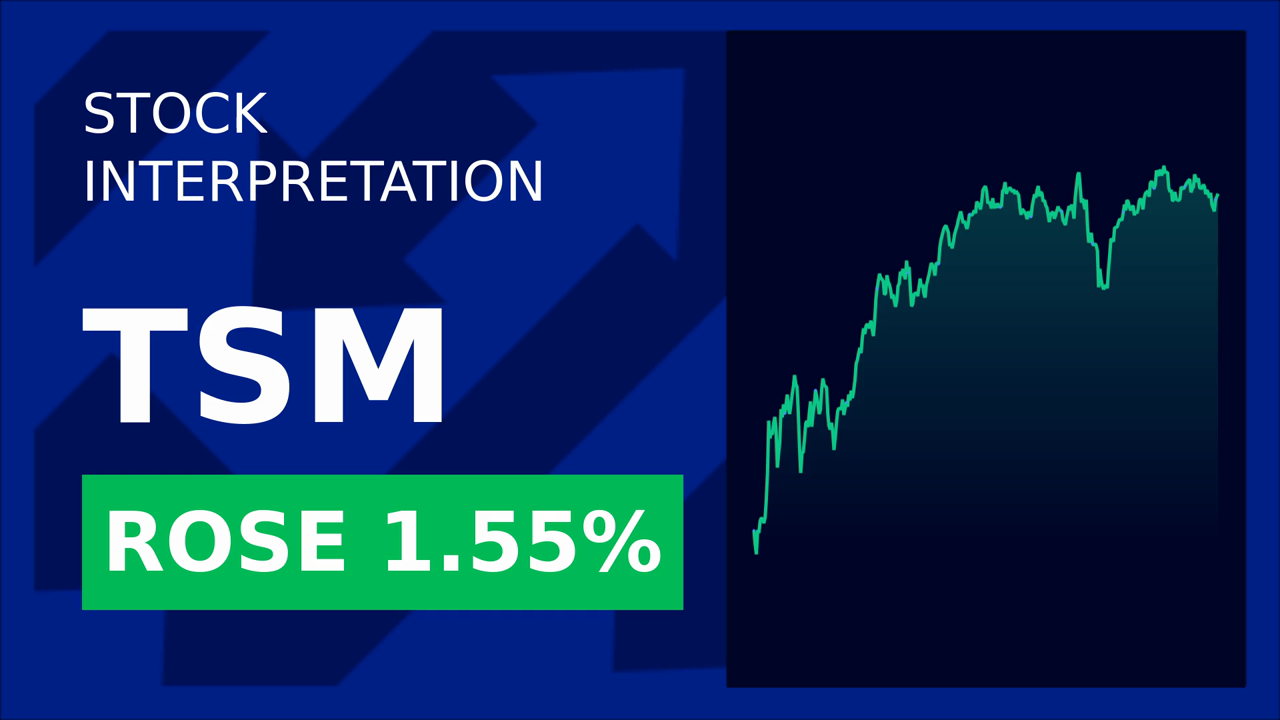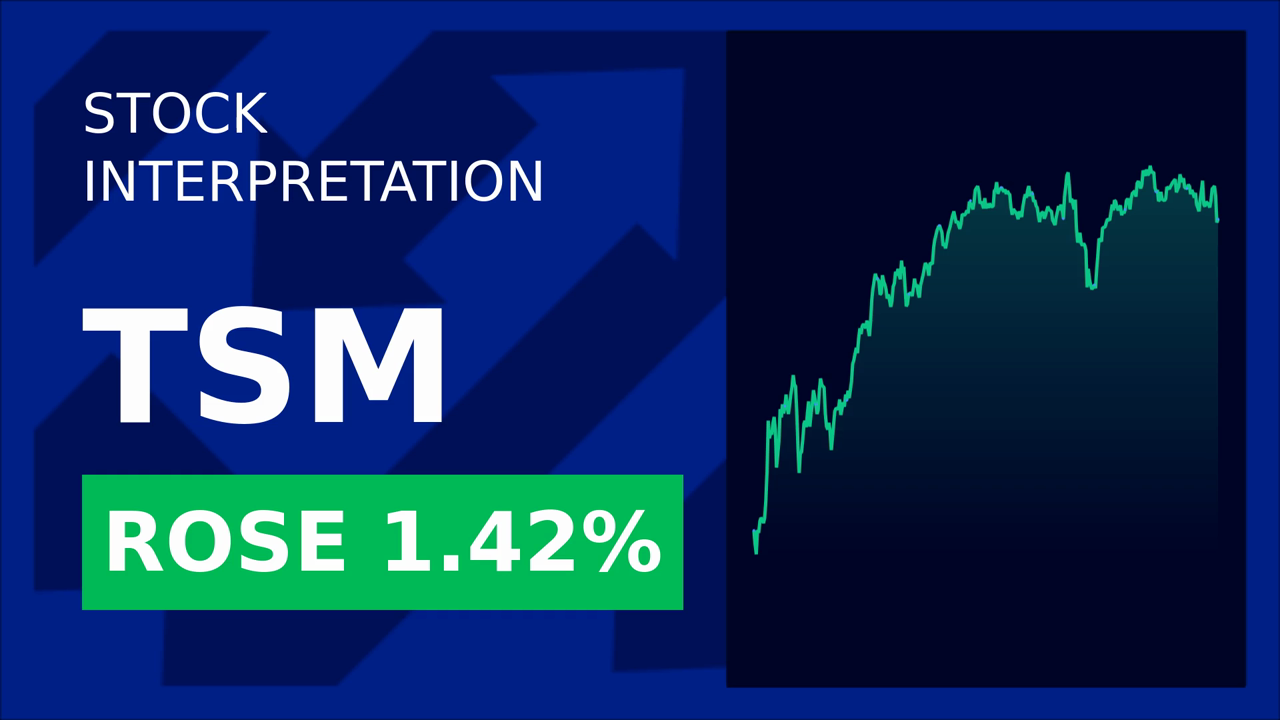TSMC's Stock Surges as A14 Chip Technology Sets New Benchmark in Semiconductor Innovation
On April 23, tsmc unveiled its groundbreaking 1.4-nanometer semiconductor technology, designated A14, at its North America technology symposium. This advancement is set to markedly enhance performance, reduce power consumption, and increase transistor density compared to the existing 2-nanometer N2 process, thereby reinforcing TSMC's leadership in the semiconductor manufacturing sector.
The A14 is poised to surpass the most advanced 3-nanometer processes currently in use and will precede the imminent rollout of the 2-nanometer process later this year. TSMC has emphasized that A14 will significantly advance the capabilities of artificial intelligence systems and elevate the AI functionalities in smartphones.
According to TSMC, the A14 process will enable up to a 15% increase in speed with the same power consumption or reduce power use by up to 30% at equivalent speeds. Additionally, logic density is expected to improve by over 20%. The A14 is projected to enter mass production in 2028, with development reportedly ahead of schedule in terms of yield rate.
TSMC's Chairman and CEO, C.C. Wei, stated, "Our customers constantly focus on future needs, and TSMC, through this technological breakthrough, offers them a clear path forward. A14 is part of an inclusive solution that bridges the physical and digital worlds, facilitating the release of our clients' innovative potentials and propelling the future of artificial intelligence."
Looking forward, TSMC plans to roll out several derivative versions of the A14 technology, including the high-performance A14P, the performance-optimized A14X, and the cost-effective A14C. The A14P is particularly noteworthy for its back-side power delivery, which enhances its performance capabilities. In addition, TSMC is gearing up to introduce the A16 process at the end of 2026, utilizing a 1.6-nanometer technology to further expand its cutting-edge semiconductor manufacturing prowess.










